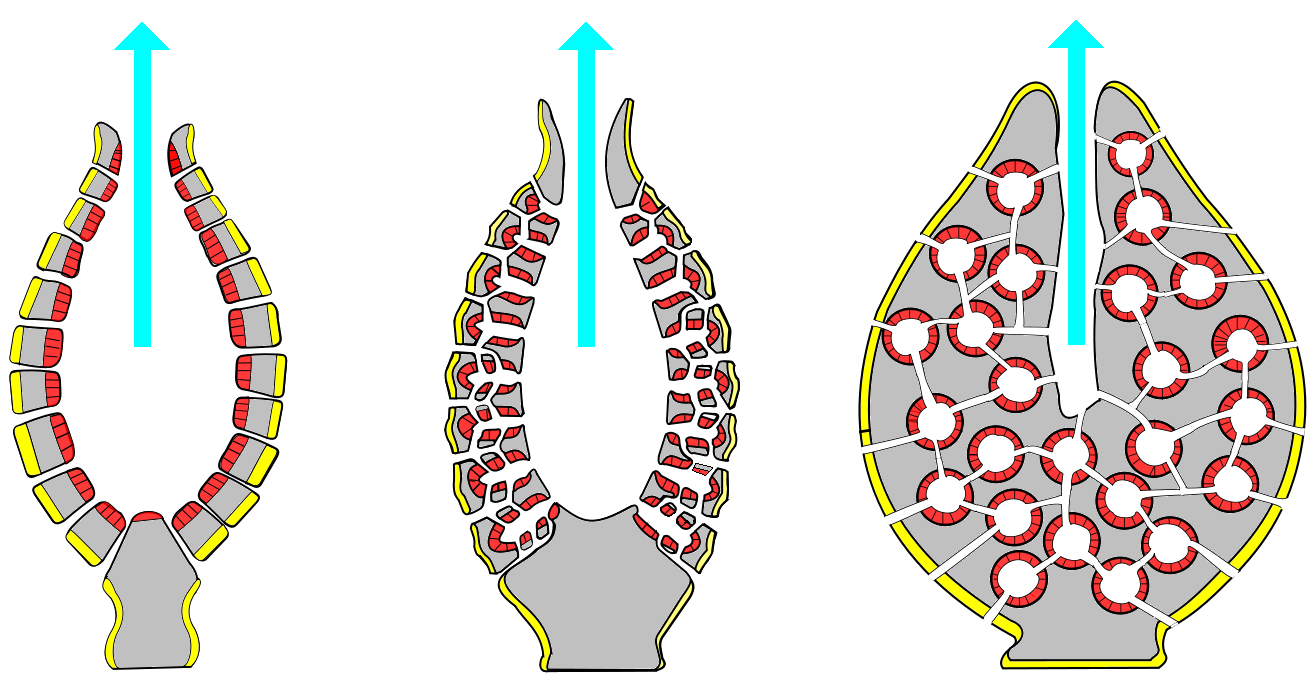-

Canal system in Porifera
The canal system in porifera plays a crucial role in their morphology, physiology, and adaptation to different marine environments. Porifera, commonly known as sponges, are aquatic animals characterized by their porous body structure and the presence of a system of canals and channels. This system allows for the efficient movement of water and nutrients throughout…
-

Canal System in Porifera
Porifera, also known as sponges, are a diverse group of aquatic animals that are characterized by their porous body structure and the presence of a system of canals and channels. The canal system in porifera is a key feature that allows for the efficient movement of water and nutrients throughout the sponge’s body. The canal…
-

The human eye
The human eye is a remarkable organ that enables us to see and interpret visual information. It consists of several structures, including the cornea, iris, pupil, lens, retina, optic nerve, and vitreous humor, which work together to allow us to perceive the world around us. The physiology of the human eye involves complex processes such…
-

Patch Clamp Technique
The patch clamp technique is a widely used electrophysiological method for studying ion channels in cell membranes. This technique involves using a micropipette to form a gigaohm seal with a cell membrane, allowing for the manipulation of the electrical potential across the membrane. There are four main types of patch clamp, each with their own…
Categories
- Anatomy (9)
- Animal Form and Functions (38)
- Animal Physiology (65)
- Biochemistry (33)
- Biophysics (25)
- Biotechnology (52)
- Botany (42)
- Plant morphology (6)
- Plant Physiology (26)
- Cell Biology (107)
- Cell Cycle (14)
- Cell Signaling (21)
- Chemistry (9)
- Developmental Biology (36)
- Fertilization (13)
- Ecology (5)
- Embryology (17)
- Endocrinology (10)
- Environmental biology (3)
- Genetics (59)
- DNA (27)
- Inheritance (13)
- Histology (3)
- Hormone (3)
- Immunology (29)
- life science (76)
- Material science (8)
- Microbiology (18)
- Virus (8)
- Microscopy (18)
- Molecular Biology (113)
- parasitology (6)
- Physics (3)
- Physiology (11)
- Plant biology (26)
- Uncategorized (7)
- Zoology (112)
- Classification (6)
- Invertebrate (7)




